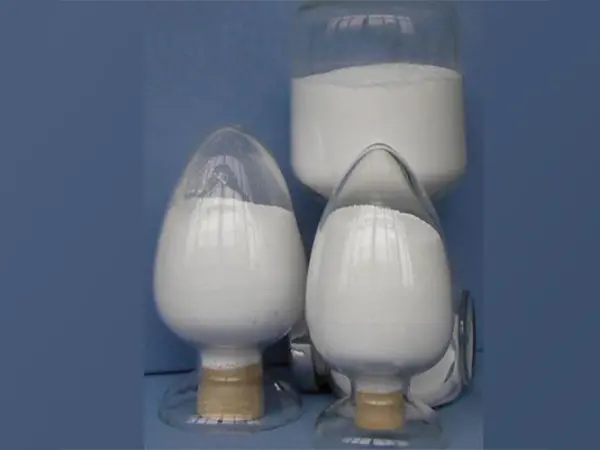Titanium dioxide (TiO2) is a versatile and widely used white pigment known for its exceptional brightness and high refractive index. It is commonly used in a variety of applications including paints, coatings, plastics and cosmetics. In order to realize the full potential of TiO2 powder, it is crucial to understand the best practices for its application and dispersion.
One of the main applications of titanium dioxide is in the formulation of paints and coatings. TiO2 powder is valued for its ability to provide excellent opacity and whiteness to finished products. However, in order to achieve optimal performance, it is critical to ensure that the TiO2 particles are properly dispersed in the paint or coating formulation. This can be achieved by using high-quality titanium dioxide dispersion techniques, such as high shear mixing or media milling, which help break up agglomerates and ensure the pigment is evenly distributed within the matrix.
In addition to paints and coatings, titanium dioxide is widely used in the plastics industry. When incorporating TiO2 powder into plastic formulations, it is important to pay attention to the pigment particle size and surface treatment. Smaller particle size and surface treatment can improve the dispersion of TiO2 in the plastic matrix, thereby enhancing opacity and UV protection. Additionally, proper compounding and processing techniques are critical to ensure that pigments are evenly dispersed throughout the plastic resin.
Another important application of titanium dioxide is in the cosmetics industry. Titanium dioxide powder is commonly used in sunscreens as a highly effective UV filter. In order to achieve the desired level of sun protection, it is critical that the TiO2 particles are evenly dispersed in the sun protection formula. This can be achieved through the use of specialized dispersing equipment and a thorough mixing process, which helps prevent the formation of agglomerates and ensures even distribution of pigments.
When using TiO2 powder, it is important to consider the specific requirements of the intended application. Different industries and formulations may require different dispersion and application methods. For example, in water-based systems, the use of wetting and dispersing agents can help improve the dispersion of TiO2 particles. Likewise, in solvent-based systems, the choice of solvent and dispersion technology can have a significant impact on pigment performance.
In summary, unlocking the potential of TiO2 powder requires a thorough understanding of its application and dispersion best practices. Whether used in paints, coatings, plastics or cosmetics, proper dispersion techniques are critical to ensuring optimal performance of titanium dioxide. By focusing on factors such as particle size, surface treatment and dispersion methods, manufacturers can maximize the benefits of TiO2 powder in their formulations and products.
Post time: Aug-07-2024


